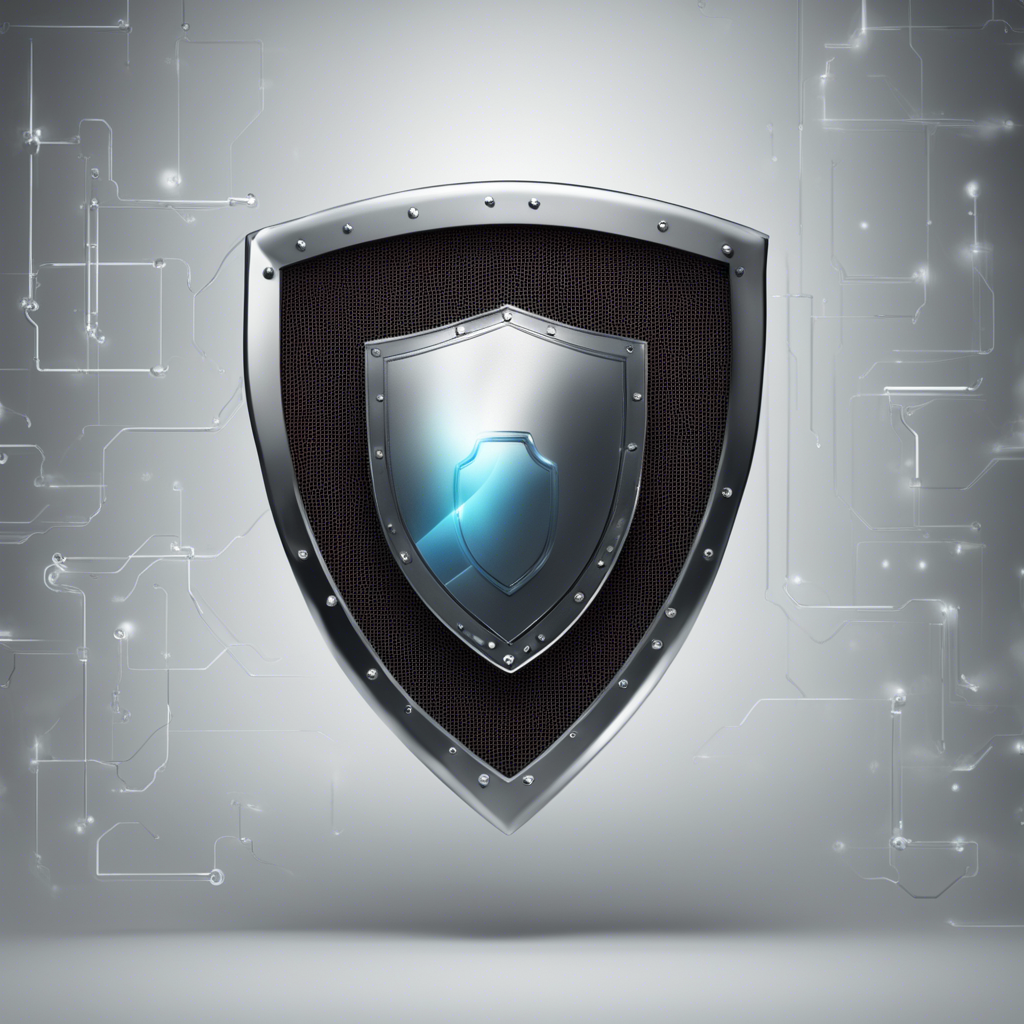
Beyond Bitcoin: The Diverse Applications of Blockchain
Blockchain technology, initially popularized by the rise of cryptocurrencies like Bitcoin, has evolved far beyond its humble beginnings. While Bitcoin remains a prominent application of blockchain, the technology’s versatility offers a myriad of use cases that extend far beyond the realm of digital currencies.
Understanding Blockchain Technology
At its core, blockchain is a decentralized, distributed ledger technology that enables secure and transparent peer-to-peer transactions without the need for intermediaries. Transactions are recorded in blocks that are cryptographically linked and immutably stored in a chain, hence the name “blockchain.”
Key Characteristics of Blockchain:
- Decentralization: Instead of a single point of control, blockchain networks are distributed across a network of nodes, ensuring greater transparency and resilience.
- Immutability: Once a transaction is recorded on the blockchain, it cannot be altered or deleted, ensuring data integrity.
- Transparency: All network participants have access to the same information, promoting trust and eliminating the need for third-party verification.
Diverse Applications of Blockchain Technology
Supply Chain Management
Blockchain technology is revolutionizing supply chain management by providing a transparent and tamper-proof record of every transaction or event in the supply chain. This level of transparency helps reduce fraud, streamline processes, and enhance trust among all stakeholders.
Visual Suggestion: A flowchart illustrating how blockchain enhances traceability in supply chains.
Healthcare
In the healthcare industry, blockchain offers secure and interoperable systems for managing patient data, ensuring data privacy and integrity while enabling seamless data sharing among healthcare providers. Additionally, blockchain can facilitate the tracking and authentication of pharmaceuticals along the supply chain to combat counterfeit drugs.
Visual Suggestion: An infographic showcasing how blockchain secures patient data in healthcare systems.
Voting Systems
Blockchain technology can enhance the security and transparency of voting systems by ensuring the integrity of voter registration data and the anonymity of votes cast. By decentralizing the voting process, blockchain can mitigate concerns of election fraud and improve the overall trustworthiness of electoral processes.
Visual Suggestion: A comparison chart highlighting the benefits of blockchain-based voting systems over traditional methods.
Insurance
In the insurance sector, blockchain can streamline claims processing, detect fraud more effectively, and enable smart contracts to automate policy management. By leveraging blockchain’s immutability and transparency, insurers can increase operational efficiency and build greater trust with policyholders.
Visual Suggestion: A diagram illustrating how smart contracts on the blockchain automate insurance claims processing.
Conclusion
While Bitcoin paved the way for blockchain technology, its applications extend far beyond cryptocurrencies. From transforming supply chains to securing healthcare data and revolutionizing voting systems and insurance, blockchain’s decentralized and transparent nature offers a plethora of opportunities across various industries. Embracing the diverse applications of blockchain opens up a world of possibilities for creating more efficient, secure, and transparent systems in today’s digitized world.
By harnessing the power of blockchain technology, organizations can unlock new levels of innovation and trust in their operations, reshaping industries and driving towards a more decentralized and secure future.
For further reading on blockchain technology and its applications, I recommend exploring reputable sources such as the World Economic Forum and the Blockchain Research Institute.



